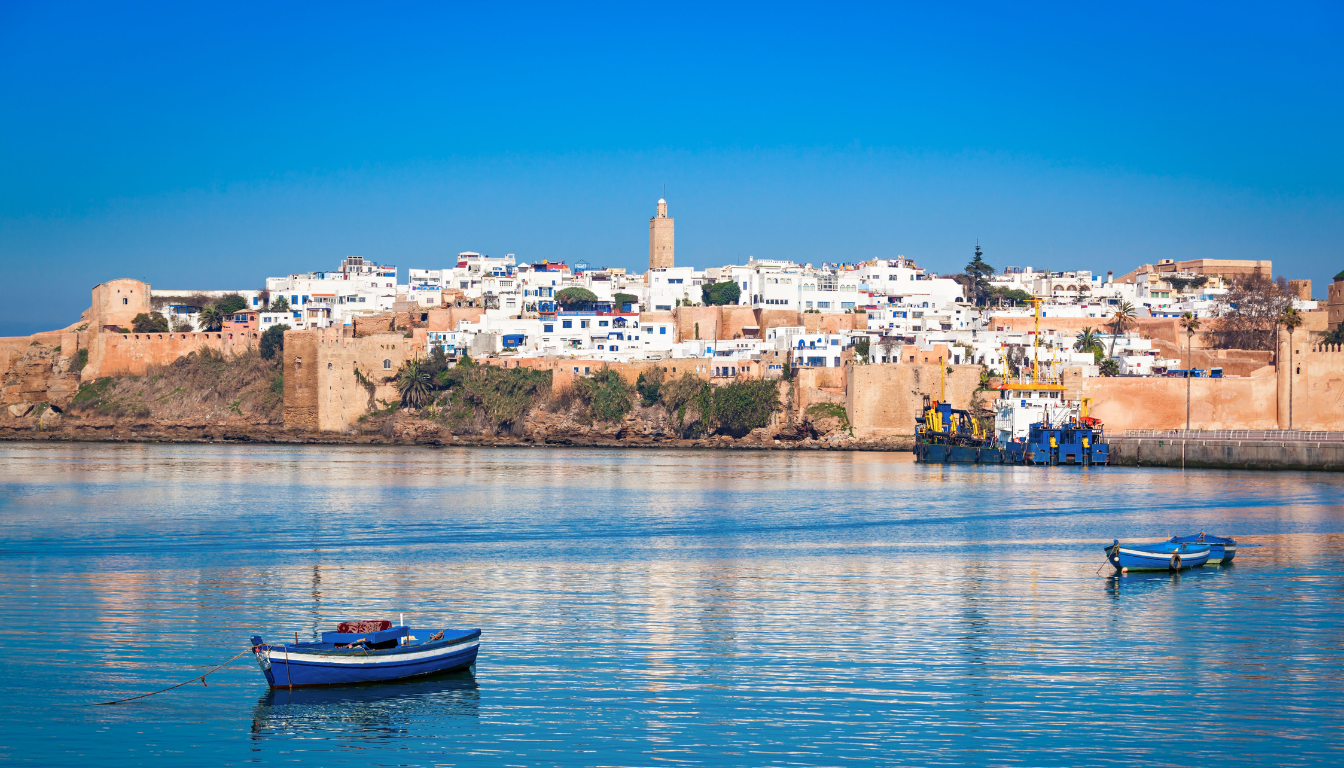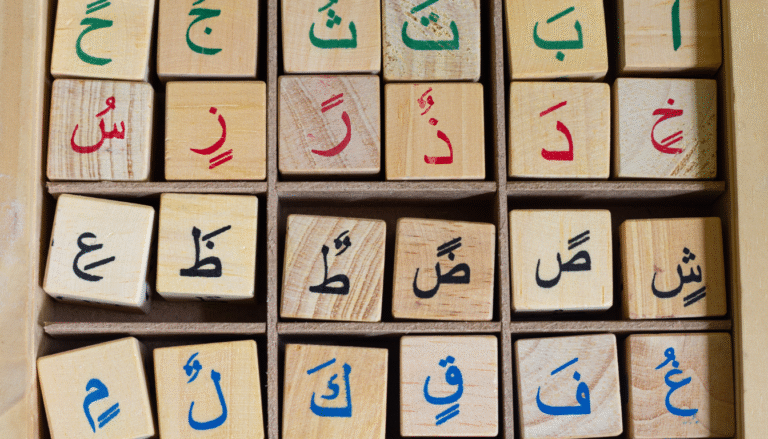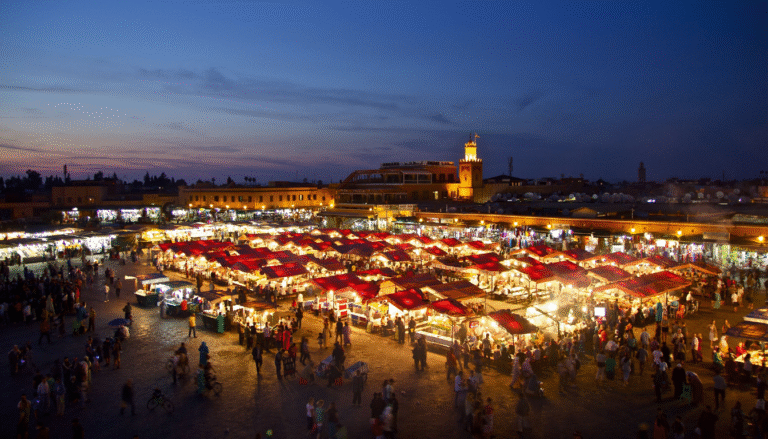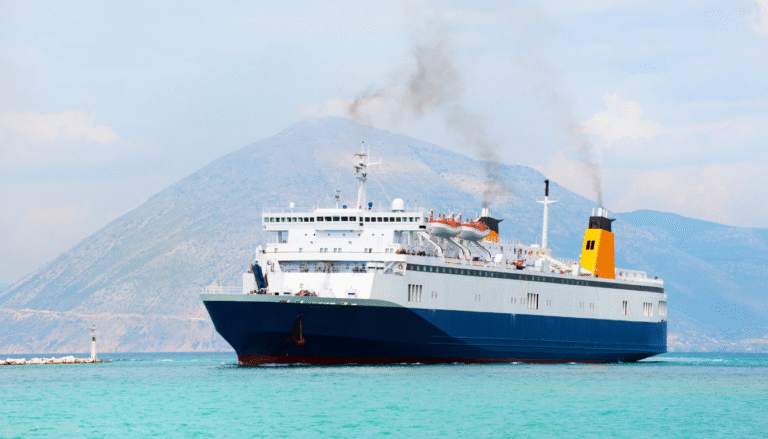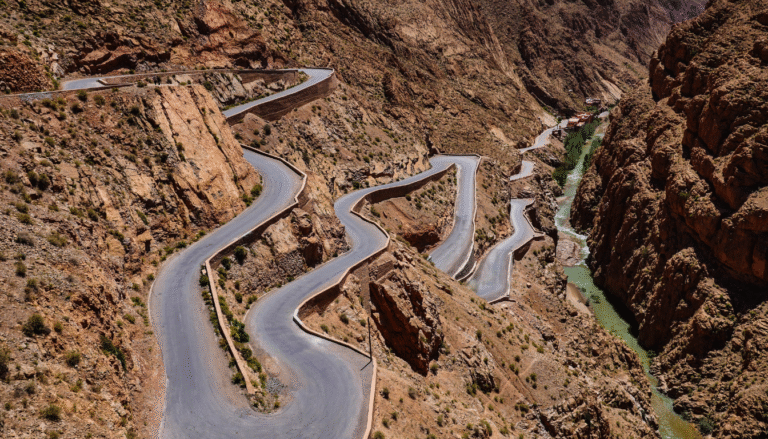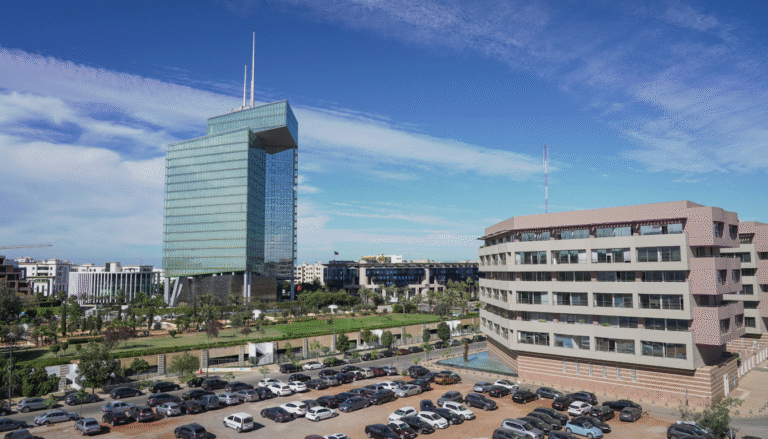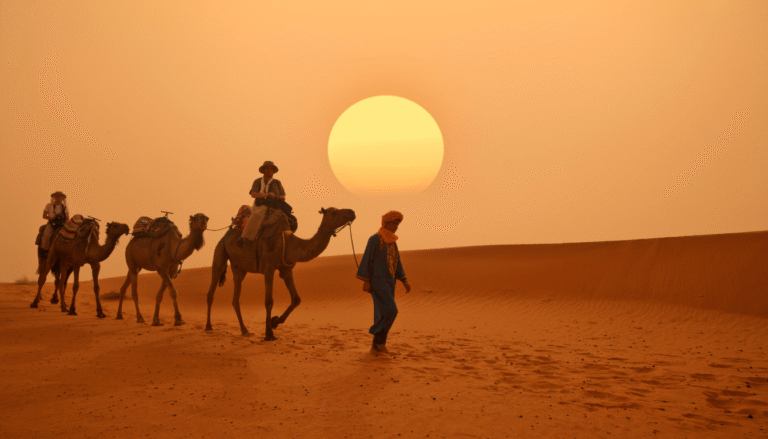How to Navigate Moroccan Medinas Without Losing Your Mind
Imagine walking through a city that’s over 900 years old. It’s filled with thousands of shops, street food, and homes. Morocco’s ancient medinas can feel huge, but with the right help, you can explore them easily.
As you explore the narrow streets, you’ll find a world full of history and culture. To enjoy your trip, knowing how to get around these cities is key. This guide will teach you how to explore Morocco’s medinas like a local.
Understanding Morocco’s Medinas: A Cultural Labyrinth
Morocco’s medinas are more than just old areas; they are alive with the country’s rich heritage. Walking through these ancient cities, you’ll feel tradition and culture in every corner and market.
What Exactly Is a Medina?
The word “medina” means city in Arabic. In Morocco, it means the old town. These places have narrow streets and stone walls, with gates called “babs” (doors). The medinas of Fes and Marrakech are famous, filled with markets that overwhelm your senses.
Historical Significance of Moroccan Medinas
Moroccan medinas are not just old; they are alive with culture and trade. Fes’s medina is one of the oldest and best-preserved in the Arab world. These medinas have been the heart of Moroccan cities for centuries, hosting markets and important events.
UNESCO World Heritage Status
Many Moroccan medinas are UNESCO World Heritage sites. This status honors their cultural and historical value. It ensures they are preserved for the future. Marrakech’s medina, with its lively souks and landmarks, is a top attraction for visitors worldwide.
Exploring these medinas, you’ll see a mix of history, culture, and daily life. It makes your trip to Morocco unforgettable.
The Major Morocco Medinas You Shouldn’t Miss
Explore Morocco’s medinas to find where history and culture meet. Morocco has many medinas, each with its own special charm.
Fes: The Largest Living Medieval City
Fes medina is a maze of old streets and buildings. It’s one of the biggest and most preserved medieval cities in the world. Walking through, you’ll see colorful souks, old mosques, and the Al-Attarine Madrasa.
Marrakech: The Red City’s Bustling Heart
Marrakech medina is full of sights and sounds. Its red buildings, lively markets, and Koutoubia Mosque are unforgettable. You can get lost in its streets and find hidden treasures and local culture.
Chefchaouen: The Blue Pearl
Chefchaouen medina is a beautiful town in the Rif Mountains. Its blue buildings and calm vibe make it special. You can walk its streets, see local crafts, and enjoy the views.
Tangier, Rabat, and Casablanca: Coastal Medinas
While Fes and Marrakech are famous, Tangier, Rabat, and Casablanca have their own appeal. Tangier has a rich history, Rabat is known for its sites and royal ties, and Casablanca has a modern charm.
| Medina | Key Features |
|---|---|
| Fes | Ancient architecture, Al-Attarine Madrasa |
| Marrakech | Vibrant souks, Koutoubia Mosque |
| Chefchaouen | Blue-painted buildings, relaxed atmosphere |
Preparing for Your Medina Adventure
Before you start your journey to Morocco’s medinas, getting ready is important. It helps make your trip smooth and fun. You need a plan, more so for big medinas. But, smaller ones are easier to prepare for.
Essential Items to Bring
When you pack for Morocco, remember to bring comfortable clothing, a reusable water bottle, and a first-aid kit. These items will make walking in the medina’s tight streets and markets easier.
Appropriate Clothing and Footwear
It’s important to dress modestly in Morocco’s medinas. Wear loose, breathable clothing that covers your shoulders and knees. Also, bring comfortable shoes for walking on uneven paths.
Digital Tools and Apps
Today, there are many digital tools to help you explore Morocco’s medinas. Download Google Maps or Maps.me for directions. You might also want to get local guides and translation apps to make your trip better.
| Tool/App | Description | Usefulness |
|---|---|---|
| Google Maps | Provides detailed maps and directions | High |
| Maps.me | Offers offline maps for navigation | High |
| Local Guides | Provides insider knowledge on local attractions | Medium |
Best Times to Visit Moroccan Medinas
Planning your visit to Morocco’s medinas at the right time is key. Knowing the best times to visit helps you avoid crowds and enjoy your trip more. This includes looking at seasonal changes and daily rhythms.
Seasonal Considerations
Morocco’s weather changes a lot with the seasons. Spring (March to May) and autumn (September to November) are the best times to go. The weather is mild, and there are fewer tourists than in the summer.
One travel expert notes, “The shoulder season offers a perfect balance between comfortable weather and smaller crowds.”
Daily Rhythms and Prayer Times
The daily life in Moroccan medinas is influenced by prayer times. The medinas are busiest after morning prayer and before noon. Visiting early in the morning or late in the afternoon can be more peaceful.
Remember, some shops might close during prayer times.
Avoiding Tourist Crowds
To dodge the crowds, visit medinas during the week instead of weekends. Weekends are when local tourists come. Arriving early in the morning or exploring in the evening can also be less crowded.
As the saying goes, “
The early bird catches the worm, and in Morocco, it also avoids the crowds.
Mastering Medina Navigation Basics
To explore Morocco’s vibrant medinas without getting lost, you need to grasp their navigation basics. Understanding the layout and identifying key landmarks are key skills for a successful medina adventure.
Understanding the Layout Patterns
Morocco’s medinas, like the marrakech medina and fes medina, have complex, labyrinthine layouts. They are filled with narrow alleys and bustling markets. Knowing the general pattern helps you navigate better.
Key Landmarks to Orient Yourself
Identifying key landmarks is essential for navigating a medina. Look for mosques, historic buildings, and bustling markets. These landmarks help you stay oriented within the medina.
Using Gates (Babs) as Reference Points
The gates, or “babs,” of a medina are significant landmarks. For example, in Fes, the Bab Mahrouk and Bab Ftouh are well-known gates. They can be starting points for your exploration. Using these gates as reference points helps you navigate the medina more confidently.
Also, many hotels provide maps. Some map applications work even without data, as long as you have geolocation turned on. This can be a valuable resource when navigating the medina.
Maps vs. Getting Lost: Finding the Right Balance
Exploring Moroccan souks is an adventure that needs planning and spontaneity. You’ll find yourself balancing between using digital maps and enjoying the thrill of getting lost. This balance is key to fully experiencing the vibrant alleys.
When to Use Digital Maps
Digital maps are a must when you’re short on time or need to find a specific spot in the medina. Downloading maps offline on hotel WiFi is a smart move, given the narrow streets and limited internet. Mark your accommodation and key destinations with a pin to guide you back.
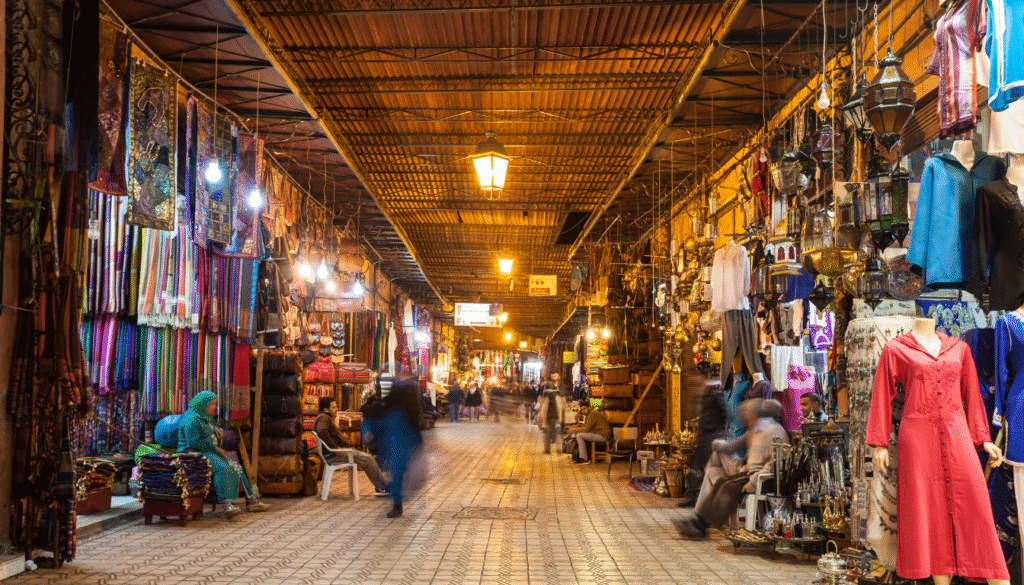
The Art of Controlled Wandering
While maps are helpful, there’s beauty in controlled wandering. Getting a little lost can uncover hidden treasures and let you experience the medina’s true culture. It’s about finding a balance between exploring and staying aware of your surroundings.
Marking Your Accommodation on Maps
Marking your accommodation on your digital map is a practical tip. It helps you find your way back to your riad or hotel, even when streets seem similar. You can also mark places like local eateries or shops you want to visit.
Transportation To, From, and Within Medinas
Getting around Morocco’s medinas is key for a smooth trip. Knowing your options for travel to places like Tangier and Rabat can greatly improve your experience.
Navigating Narrow Streets
The streets in medinas are tight and tricky for cars. Drivers in Morocco often rely on pedestrians to move out of the way. So, stay alert and don’t wear headphones to avoid missing traffic.
Taxi and Rideshare Etiquette
Using taxis or rideshares? Knowing local customs can make your ride better. Always set the fare before you go. Many drivers don’t speak English, so writing your destination in Arabic helps.
Parking Considerations for Rental Cars
Driving a rental car? Finding parking in medinas is hard. Look for official parking spots and be ready for crowds. Some places offer parking, so ask when you book.
| Transportation Method | Tips | Best for |
|---|---|---|
| Taxis | Agree on fare before departure, have destination written in Arabic | Short distances, direct routes |
| Rideshares | Use apps, check driver ratings, agree on route | Longer distances, convenience |
| Rental Cars | Park in designated areas, beware of crowded conditions | Exploring surrounding areas, flexibility |
Dealing with Persistent Guides and Touts
Exploring Morocco’s medinas can be exciting, but you’ll meet guides and touts. They might seem friendly, but it’s key to handle them with confidence and care.
Polite but Firm Refusal Techniques
When guides or touts approach you, saying “no thank you” or “I’m just looking around” works well. If they keep coming, you can say “I’m not interested in a guide, thank you.” Being polite but direct keeps things friendly.
When to Accept Help (And How Much to Pay)
At times, a real guide can make your trip better, like in Fes or Marrakech. Look up the usual costs and agree on a price before the tour. For example, a guide in the Chefchaouen medina can share lots about its history and culture.
Recognizing Legitimate vs. Unofficial Guides
Real guides have licenses and ID tags. They know a lot about the medina’s history, buildings, and culture. Unofficial guides might not be as knowledgeable or reliable. Choosing a licensed guide in the Casablanca medina can greatly improve your visit.
Here are some tips for dealing with guides and touts:
- Research licensed guides and their costs before you go
- Be clear and firm if you don’t want a guide
- Learn about local customs and norms
- Use a guide for detailed info or help finding your way
Shopping in Moroccan Souks: A Strategic Approach
Shopping in Moroccan souks is a mix of knowing the culture and planning ahead. You’ll find everything from beautiful carpets to aromatic spices in these lively markets.
Understanding Souk Organization by Product
Moroccan souks are set up by product type. You’ll see areas for textiles, leather, and ceramics. Knowing this helps you move through the souks more easily.
Negotiation Etiquette and Techniques
Haggling is a big part of shopping in Moroccan souks. It’s seen as a normal part of the process. Start with a lower price than you want to pay, and be ready to meet in the middle. The goal is to find a price both sides can agree on.
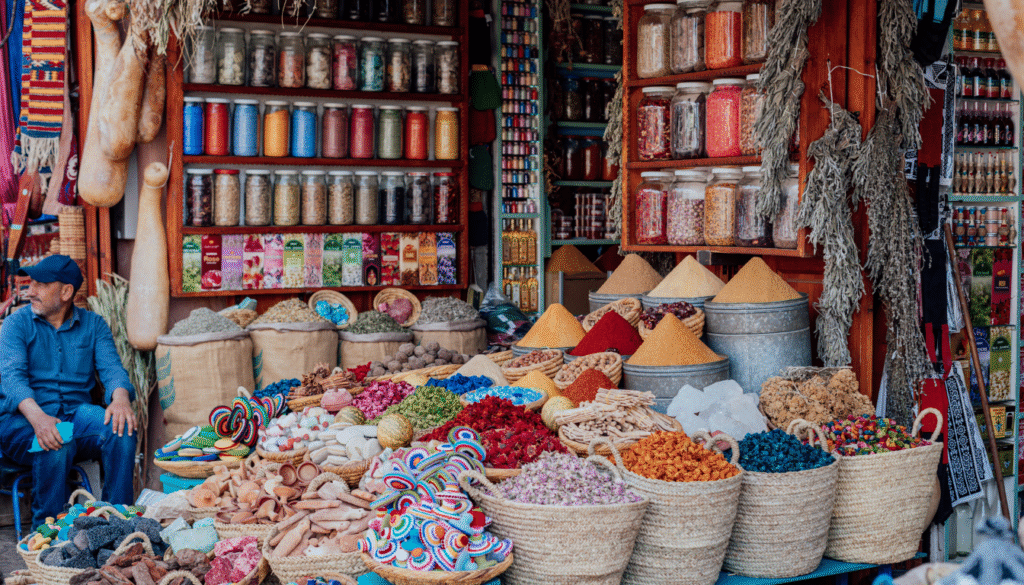
Quality Assessment for Common Purchases
When buying things like carpets, leather, and ceramics, checking quality is key. Here are some tips:
Carpets and Textiles
Look for carpets that are tightly woven and have bright, even colors. Wool is usually better than synthetic materials.
Leather Goods
Check the stitching, material, and finish. Good leather is soft and well-done.
Ceramics and Metalwork
Look at the craftsmanship. Ceramics should have even glazing, and metalwork should be precise. Handmade items might have small flaws, which can make them more special.
| Product | Quality Indicators |
|---|---|
| Carpets and Textiles | Tight weave, vibrant colors, material quality |
| Leather Goods | Stitching quality, material suppleness, finish |
| Ceramics and Metalwork | Craftsmanship, even glazing, precision |
By understanding souk organization, learning to negotiate, and knowing how to check quality, you’ll be ready to shop in Moroccan souks. You’ll have a great time finding unique items.
Accommodation Options In and Around Medinas
Traveling to Morocco means finding the right place to stay. Medinas offer a mix of old and new places to stay.
Staying in Traditional Riads
Traditional riads are great for diving into Moroccan culture. These houses are beautifully restored with detailed designs and calm inside. A place like Bab Doukkala in Marrakech offers a peaceful spot close to busy markets and main attractions.
Modern Hotels vs. Authentic Experiences
Modern hotels give you comfort and services. But, riads and medina stays offer real Moroccan vibes. Your choice depends on what you value most: ease, comfort, or cultural dive.
Booking Tips and Considerations
Think about location, reviews, and what you need when booking. Booking early is smart, too, when it’s busy. Doing your homework can make your stay better.
Eating Your Way Through the Medina
The medina is a food lover’s dream, with a mix of old and new flavors. Walking through the narrow streets, you’ll find a world of tastes and smells. It’s a feast for your senses.
Street Food Safety Tips
Street food is a must-try, but safety first. Choose vendors with lots of customers, meaning fresh food. Be careful with raw foods and make sure they’re cooked well.
Hidden Culinary Gems
There’s more to the medina than just famous spots. Small, family-run cafes serve up traditional dishes. Explore the less-known areas to find these hidden gems.
Traditional Dishes to Try
Moroccan food is rich and varied. You must try tagine, couscous, and pastilla. Here’s a quick guide:
| Dish | Description |
|---|---|
| Tagine | A slow-cooked stew named after the earthenware pot in which it’s cooked. |
| Couscous | A traditional North African dish made from semolina flour, often served with vegetables and meat. |
| Pastilla | A savory pie made with layers of flaky pastry, meat, onions, and spices. |
Exploring the Marrakech medina’s food scene is an adventure. With these tips, you’re set for a delicious journey through Morocco’s vibrant medinas.
Conclusion: Embracing the Medina Magic
Exploring Morocco’s medinas is a journey that needs patience, curiosity, and a desire to dive into local culture. As you wander through these ancient cities, you’ll find Moroccans are very welcoming. They want you to see and enjoy the beauty of their country.
By embracing the unique aspects of each medina, you can have a memorable experience. Whether you’re walking through Marrakech’s busy souks or the blue alleys of Chefchaouen, Morocco’s medinas will enchant and inspire you.
When planning your trip to Morocco’s medinas, stay open-minded and ready for surprises. Morocco’s rich history, stunning architecture, and warm people will captivate your senses. Morocco’s medinas will surely leave a lasting impression on you.

